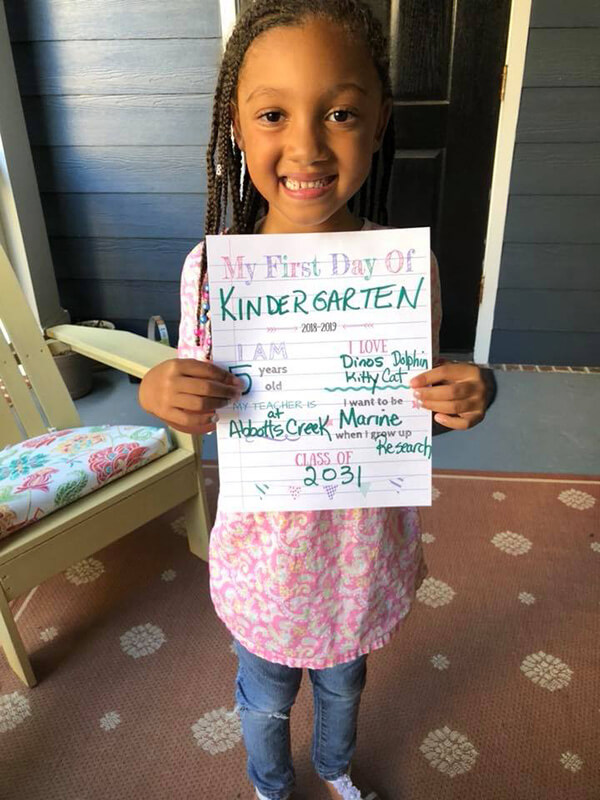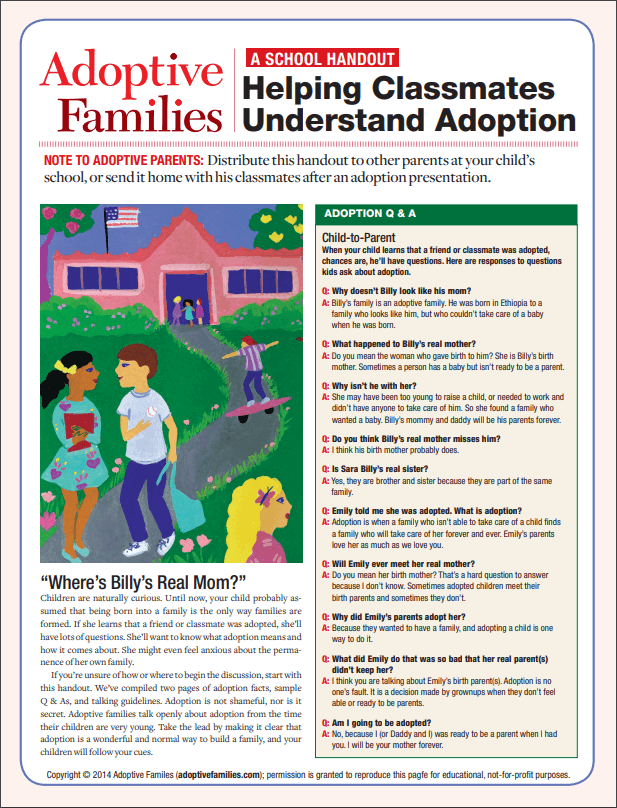If you are an adoptee and considering searching for additional information about your birth family, it can feel daunting. Some seek medical knowledge; others want to know more about their family history. But primarily, adoptees have a genuine curiosity of who their birth mother is; appearance or personality. The internet and DNA technology has allowed for the sharing of information about birth relatives and family trees.
Caroline’s Story
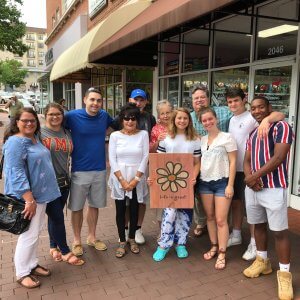
Caroline is far left. Birth mother and adoptive mother are in the middle.
Caroline, 49, was adopted as an infant in Arizona. The mother of five children herself, she always had a curiosity about the identity of her birth mother. Last year, her husband gave her the gift of an ancestry kit for Christmas.
“The DNA kit led me to a man who turned out to be my half-brother,” Caroline explained. “The first step, it was that easy.” From there, contact information was obtained about Caroline’s birth mother. And, she took another step. A call. “My birth mother was so excited,” she recalled. A few months later, they met in person. Since then, Caroline’s birth mother and adoptive mother have also had a chance to meet. For Caroline, meeting her birth mother gave her closure on her biological identity. “We have added to our family and it has been a blessing to everyone involved,” she said.
David’s Story
One 23andMe DNA kit led to a 65-year-old Raleigh man learning he had a son he never knew.
“I was given a DNA kit for my 60th birthday by one of my siblings,” said David. “I used the kit to research some of my genealogy and then we reached a dead end and forgot about it.”
Five years later, David received a phone call one night from a man how lived in South Carolina. The caller told him that Ancestry 23 was indicating that he was either a brother or his biological father.
I was shocked, David recalls. “He asked me if I had known his mother, and sure enough, I had dated his mother in college. She gave birth to a son after we broke up and had not told me. So, at age 65, I am a new dad.”
David and his son messaged back and forth and met for lunch. “It was enlightening to find out that I had another child, but it was so important to him.” He is a fine young man and I am proud to refer to him as my son.”
David and his son both add a cautionary note that while their genealogical searches had positive outcomes, it is best to be prepared for whatever you may find. Some birth parents are not going to want reunification, and some biological relatives may turn up unexpectedly.
Finding Your Biological Relatives
Invest in a DNA kit such as 23andMe. It can certainly help you get started. However, you really need to do a little digging first. Glean every bit of information you can from your adoptive parents and other relatives about your adoption.
- Ask if you were adopted through private agency or DSS.
- Look at your adoption documents to see if there is any information – confirming your birth date, the name of the hospital and any information about your biological parents.
- Find out if anyone remembers your birth parent’s first names, ages, circumstances behind the adoption.
Once you have this information the DNA kit results may provide you a list of genetic matches that may lead to your birth family. Organizing the information gathered will be useful in starting the conversation with the people you connected via the DNA kit.
Like Caroline and David, often the journey of becoming reunited with your birth family comes in the form of a gift from a loved one. If you know someone that is curious about their family, an ancestry or DNA kit may be the perfect gift this holiday season.


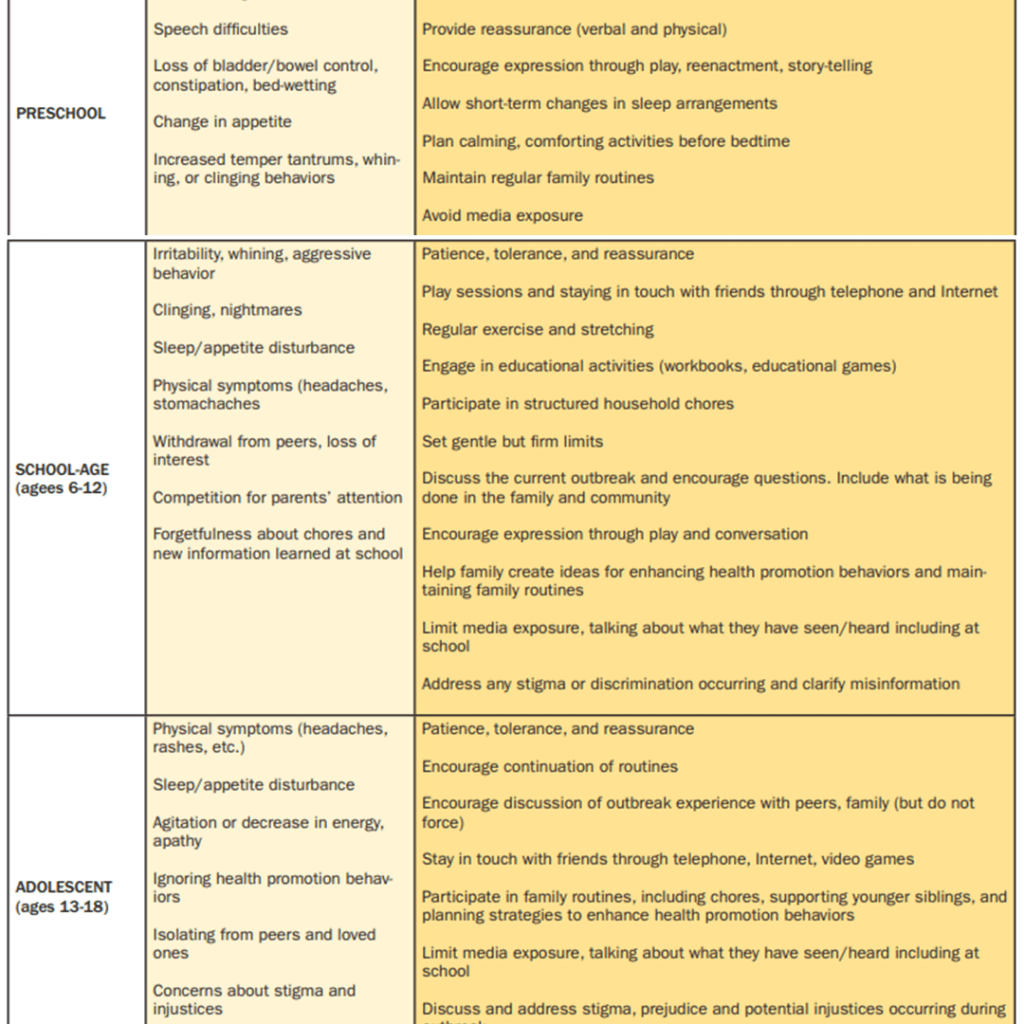
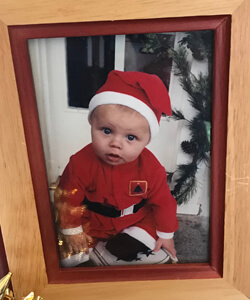
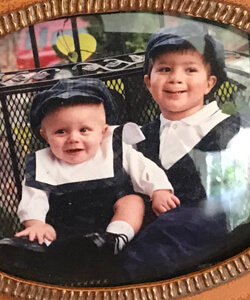
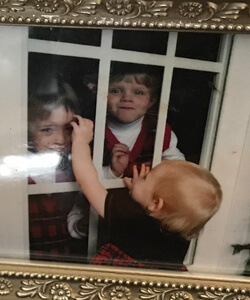
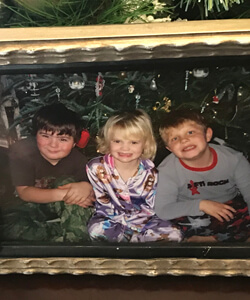


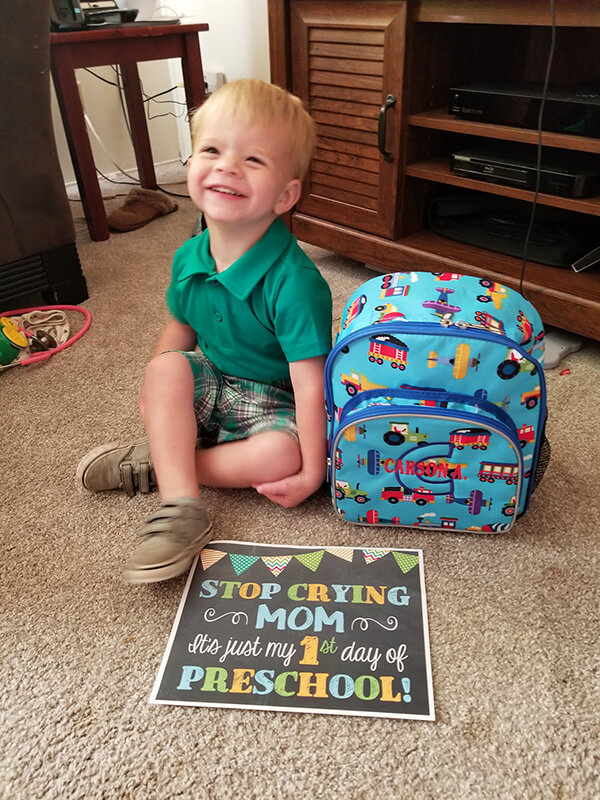 Just starting school or returning from summer break can be difficult. For many children who are adopted this can be compounded with an awkwardness about family relationships. In some cases, the difference is obvious, such as when a child and their parents are different ethnicities or the parents are of the same gender. While taxing at times, a visual difference can turn out to be a blessing in disguise. It often evokes questions or comments early when meeting people and allowing the issue to be addressed head-on.
Just starting school or returning from summer break can be difficult. For many children who are adopted this can be compounded with an awkwardness about family relationships. In some cases, the difference is obvious, such as when a child and their parents are different ethnicities or the parents are of the same gender. While taxing at times, a visual difference can turn out to be a blessing in disguise. It often evokes questions or comments early when meeting people and allowing the issue to be addressed head-on.